THE WEAPONS' REPUTATION
An Investigation into the
Geopolitics of Arms Trade
The Weapons’ Reputation questions the integrity of the arms trade as a legal transfer of
weapons among countries. Any armament employed in crimes, conflicts, or wars (except for weapons of mass
destruction) is categorised as a Conventional Weapon, and its use is regulated by International Humanitarian
Law. The production, sale, and transfer of these armaments is structured like any other type of commerce, with
standards, codes of conduct, and laws, which are not properly enforced. Underlining the lack of accountability
of companies and governments, the project examines the ongoing conflict in Yemen through the type of weaponry
employed. Who should be held responsible for the continuation of a war that has led to the worst humanitarian
crisis in the world, and is fought with weapons manufactured in wealthy northern countries?
The research has been translated into a 17 minutes film, extended by a repository of weapons employed in the
conflict, visualised as investigative case files.
www.cinziabongino.com/weapons-reputation ↗
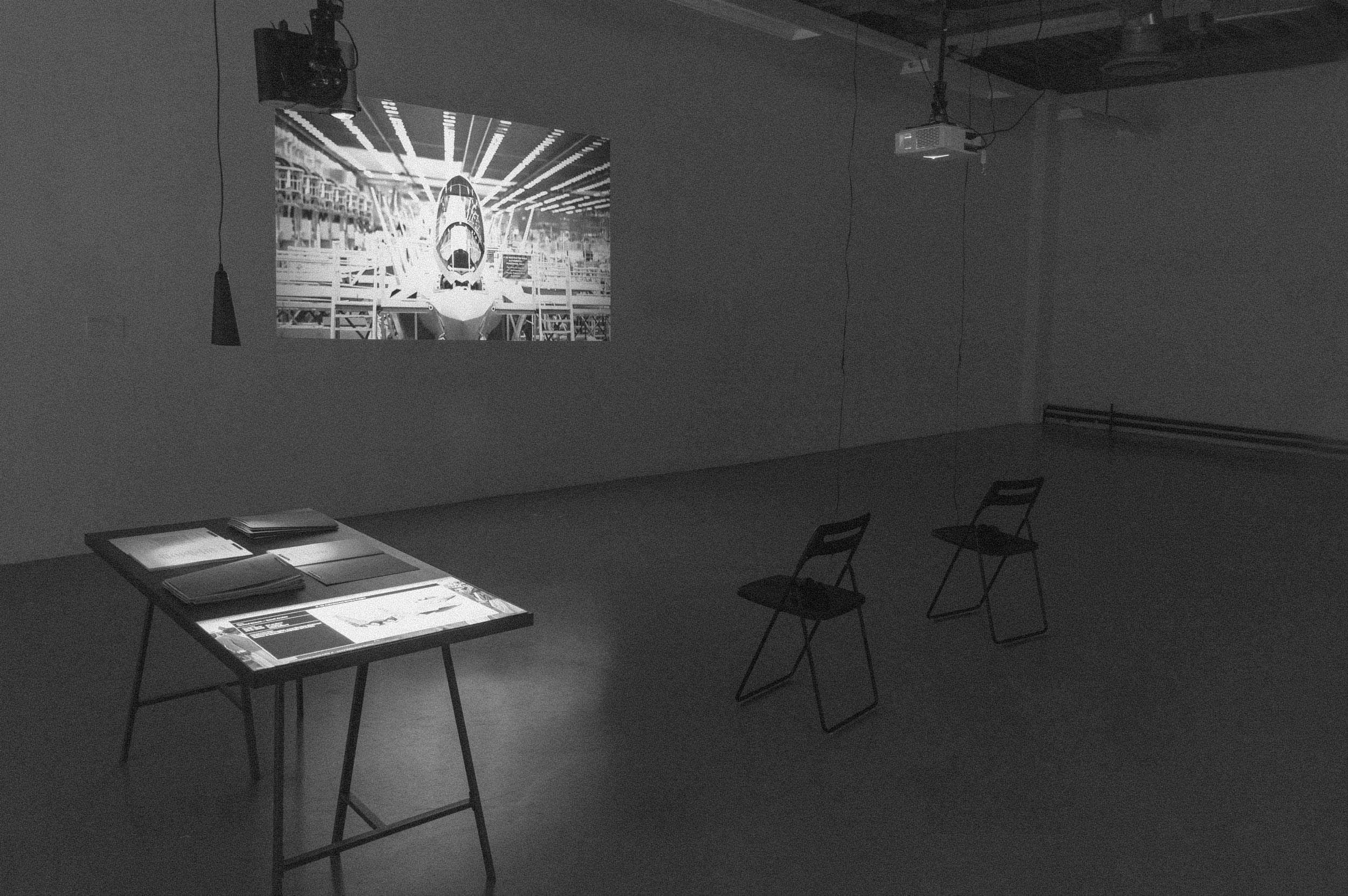
Master in Information Design, Graduation Project — Design Academy Eindhoven, 2020

The film narrates the Yemeni Civil Conflict (2015-present) from the perspective of three
weapons employed: an American laser-guided bomb, a combat aircraft manufactured by four European countries,
and a missile of Iranian origin.
Defined as one of the many proxy wars between Saudi Arabia and Iran, the
conflict sees the two countries militarily involved in a local clash between the Shia group Houthis and the
local Sunni government. Five years of war led to the worst humanitarian crisis in the world worsened even by
the Covid-19 epidemic. Despite the many allegations of violating humanitarian law and an arms embargo imposed
in April 2015, thousands of weapons continue to be delivered yearly to the suppliers of the two
belligerents.
The United States and Europe military support the coalition led by Saudi Arabia and the
United Arms Emirates, while Iran backs-up the Houthis. It is from the debris of weapons that survived to the
impact with their target that it is possible to investigate not only who "pulled the trigger" but also who
designed, produced, acquired and delivered it.
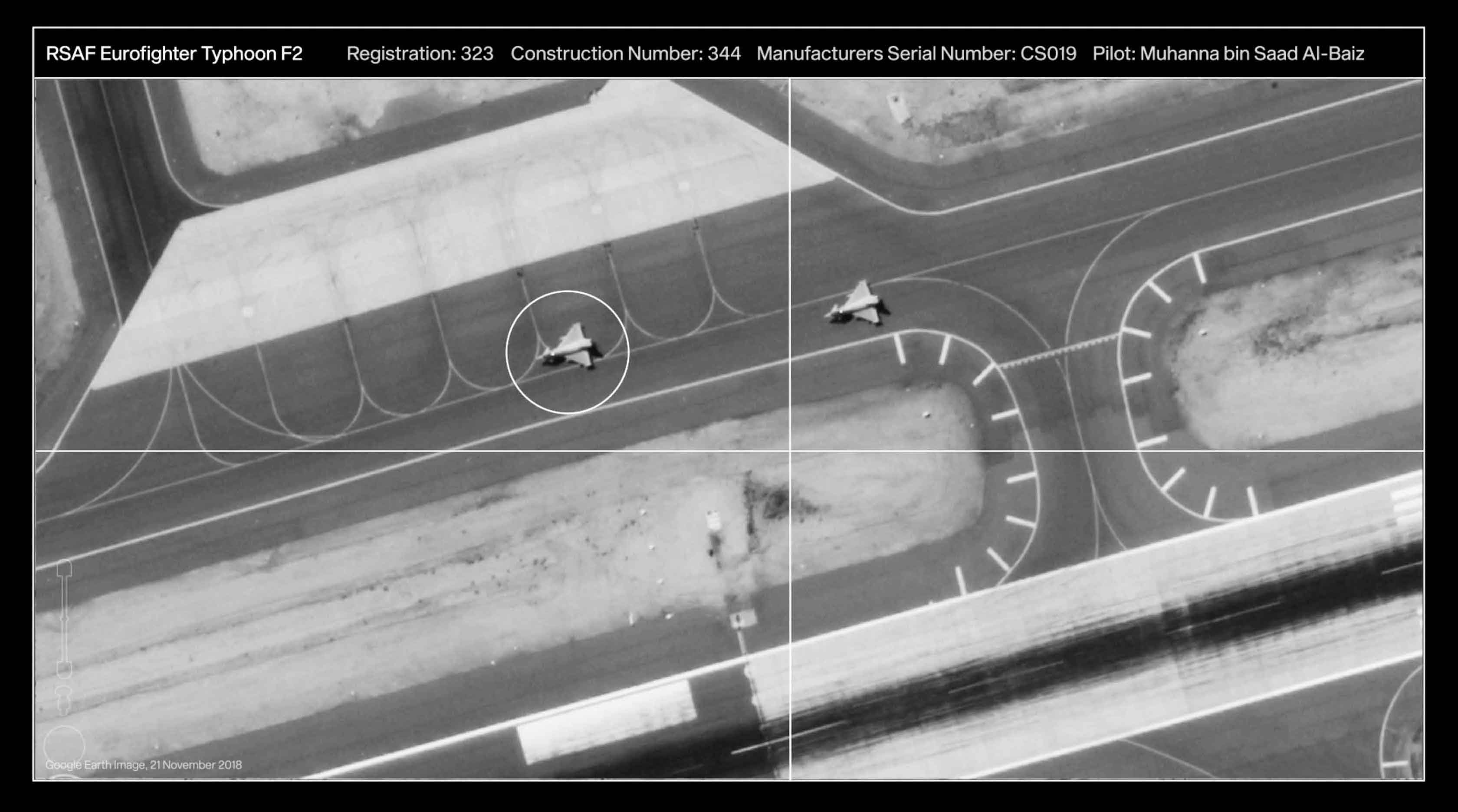
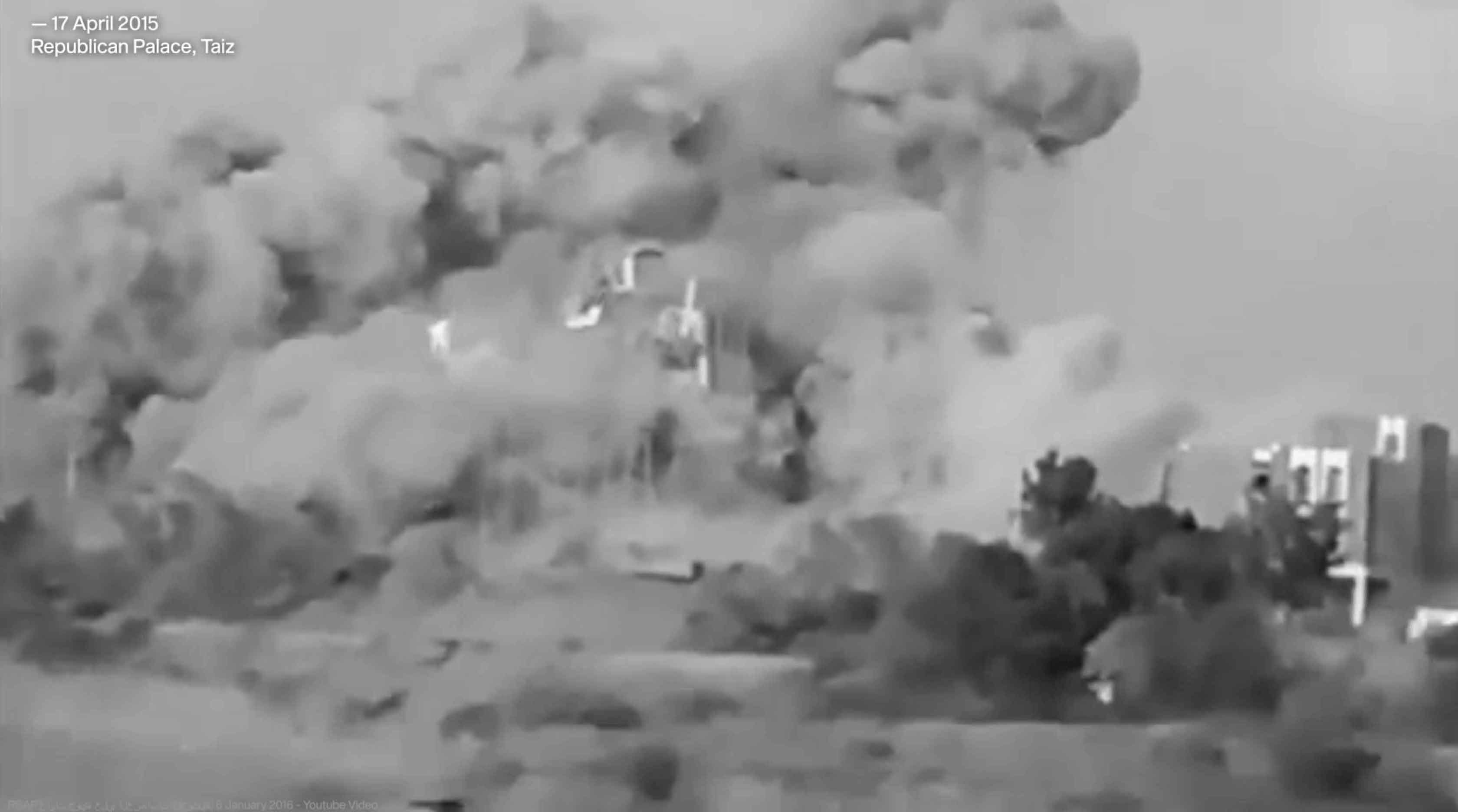

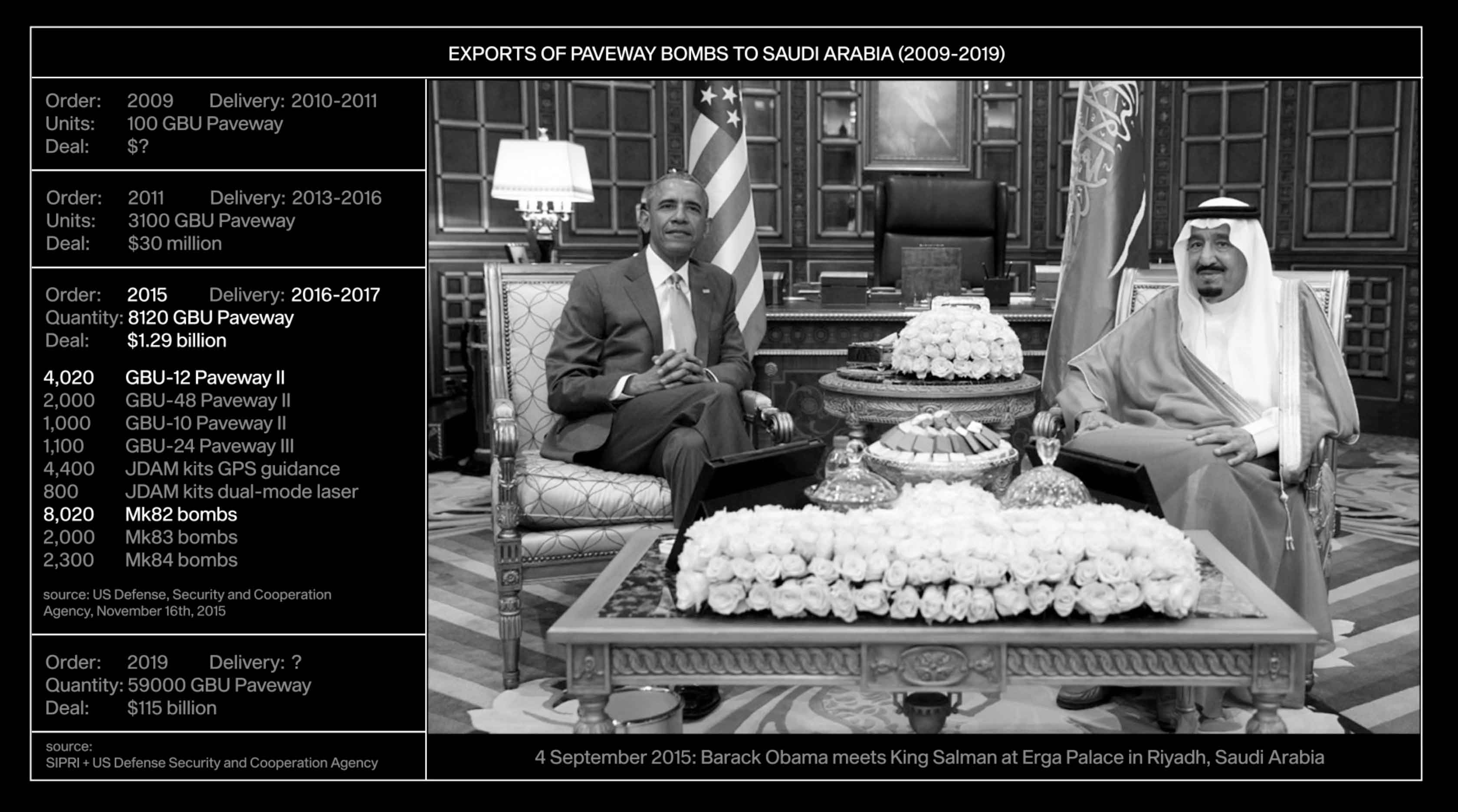
The Repository of Weapons is a selection of arms transferred to the Saudi-led coalition and
the
Houthi militia and employed in the conflict in Yemen. Fourteen dossiers for 14 manufacturing countries,
listing weapons systems and components exported after the beginning of the conflict, and 25 video-evidence to
prove their use against civilians and civilian infrastructure. The Arms Trade Treaty has entered into force
since December 2014 to establish common standards for the arms import-export and to prohibit sales to states
that could use them for humanitarian crimes. All the weapons listed, and therefore the manufacturing
countries, should be taken in the exam.
The repository is translated into a digital archive available at
www.weaponsreputation.com/weapons-repository
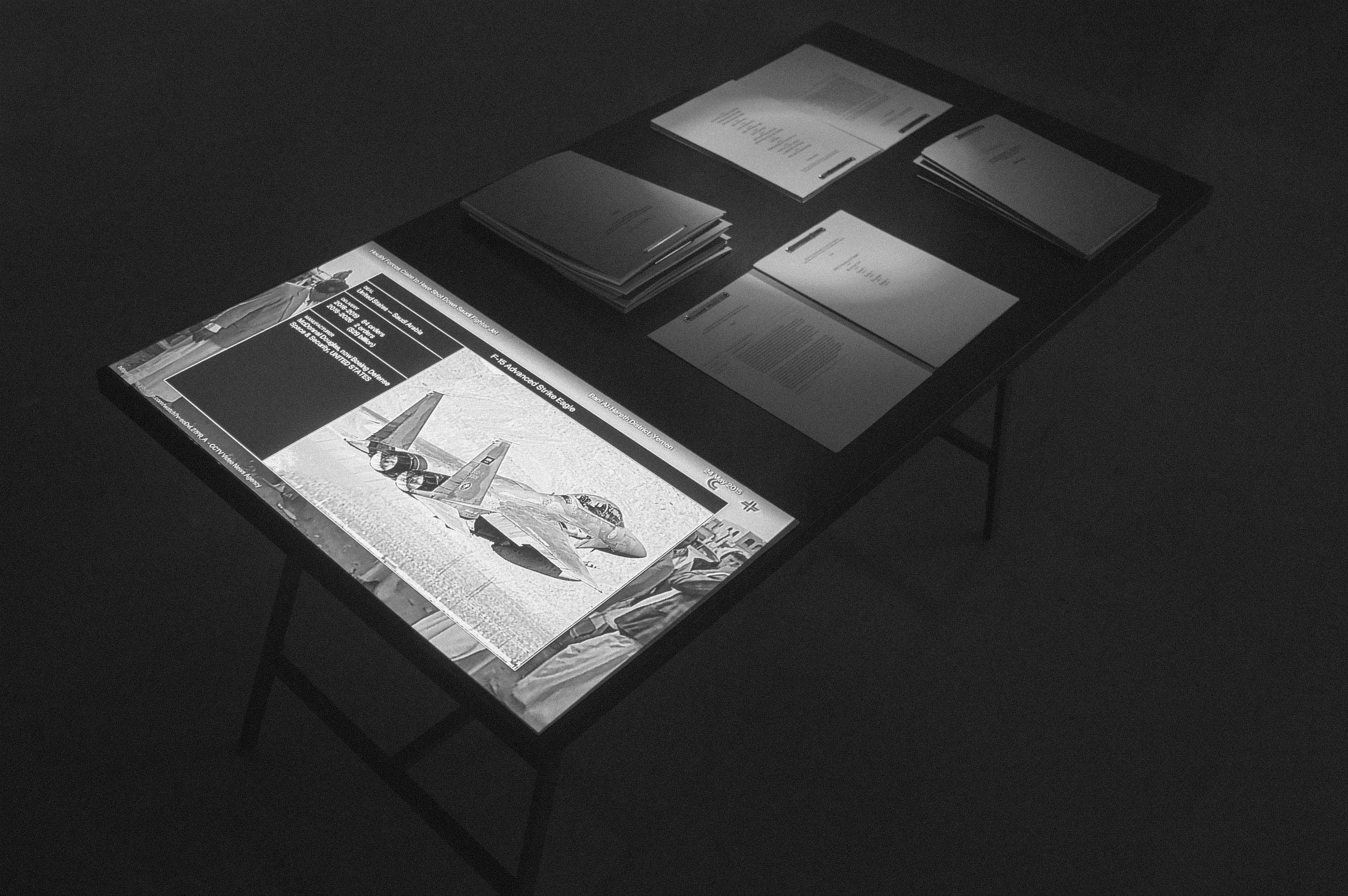
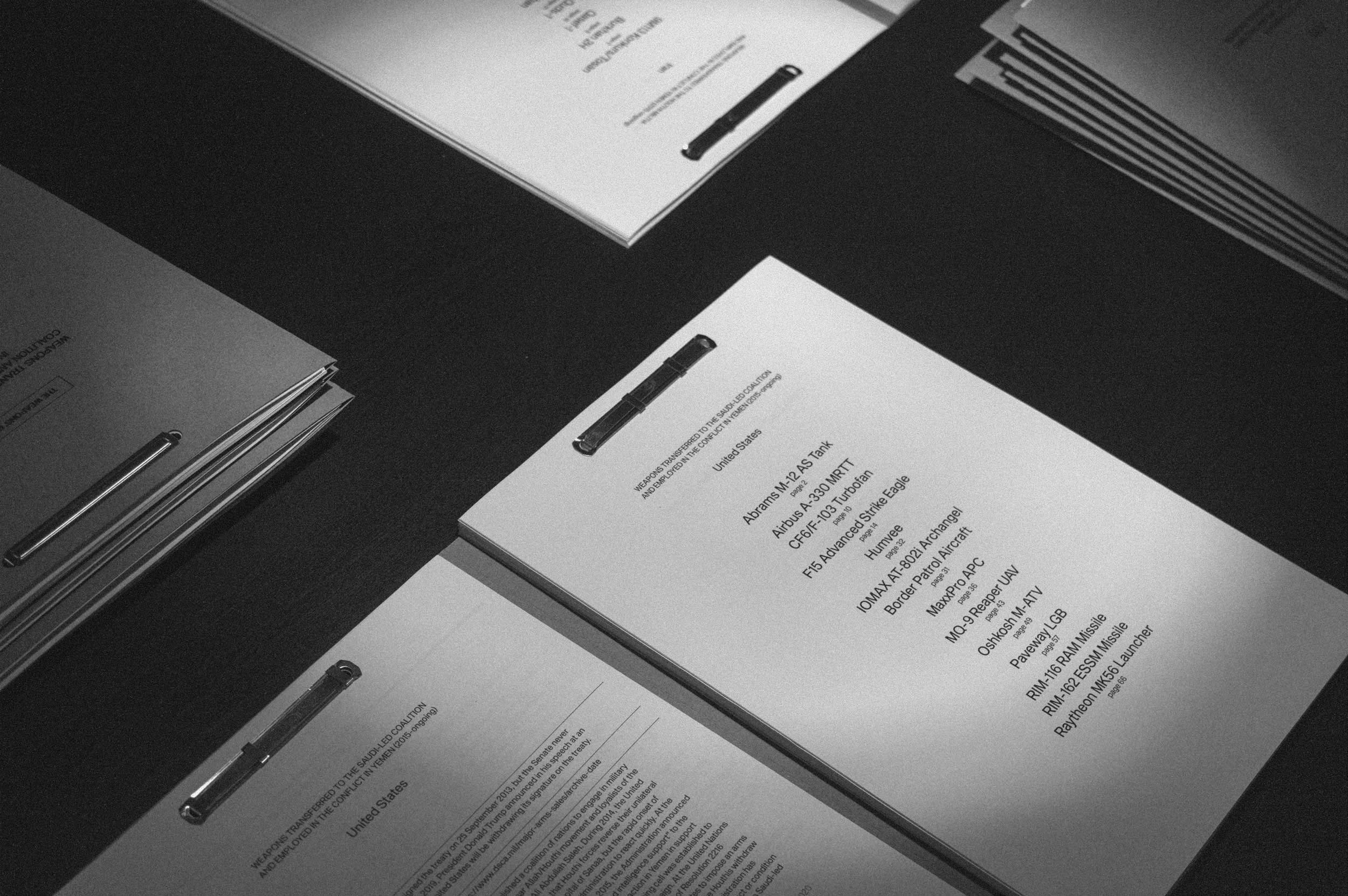
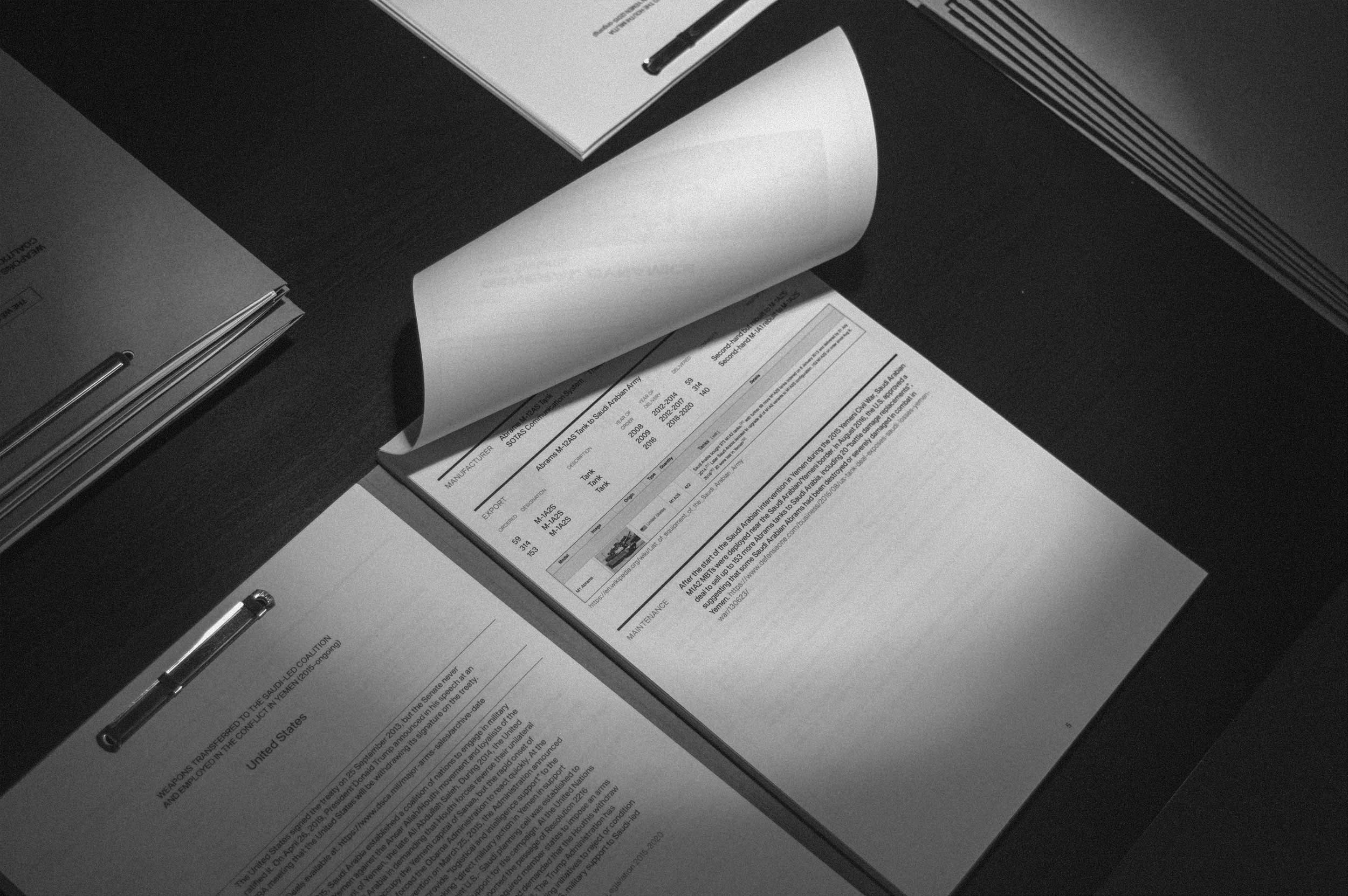
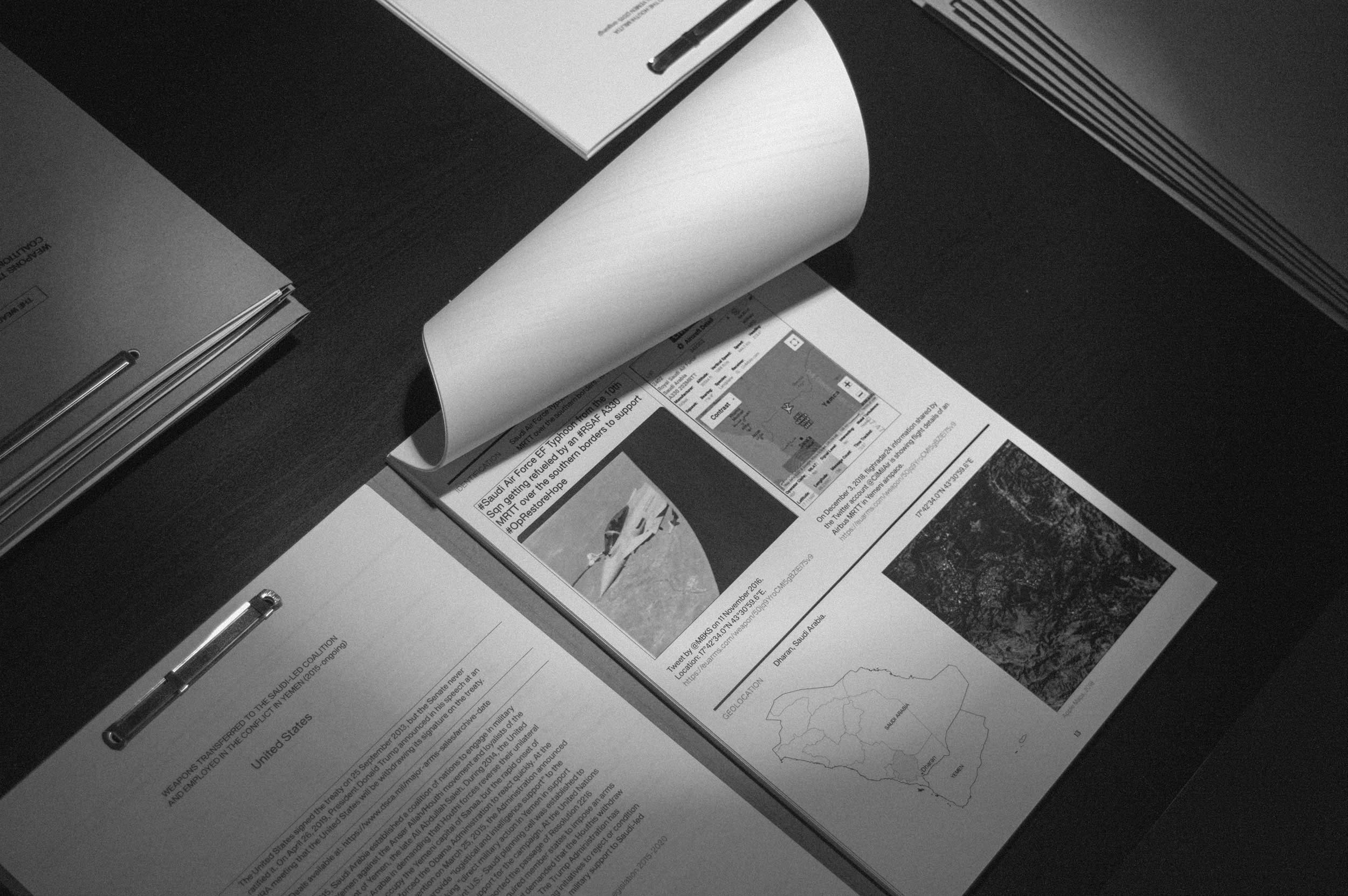
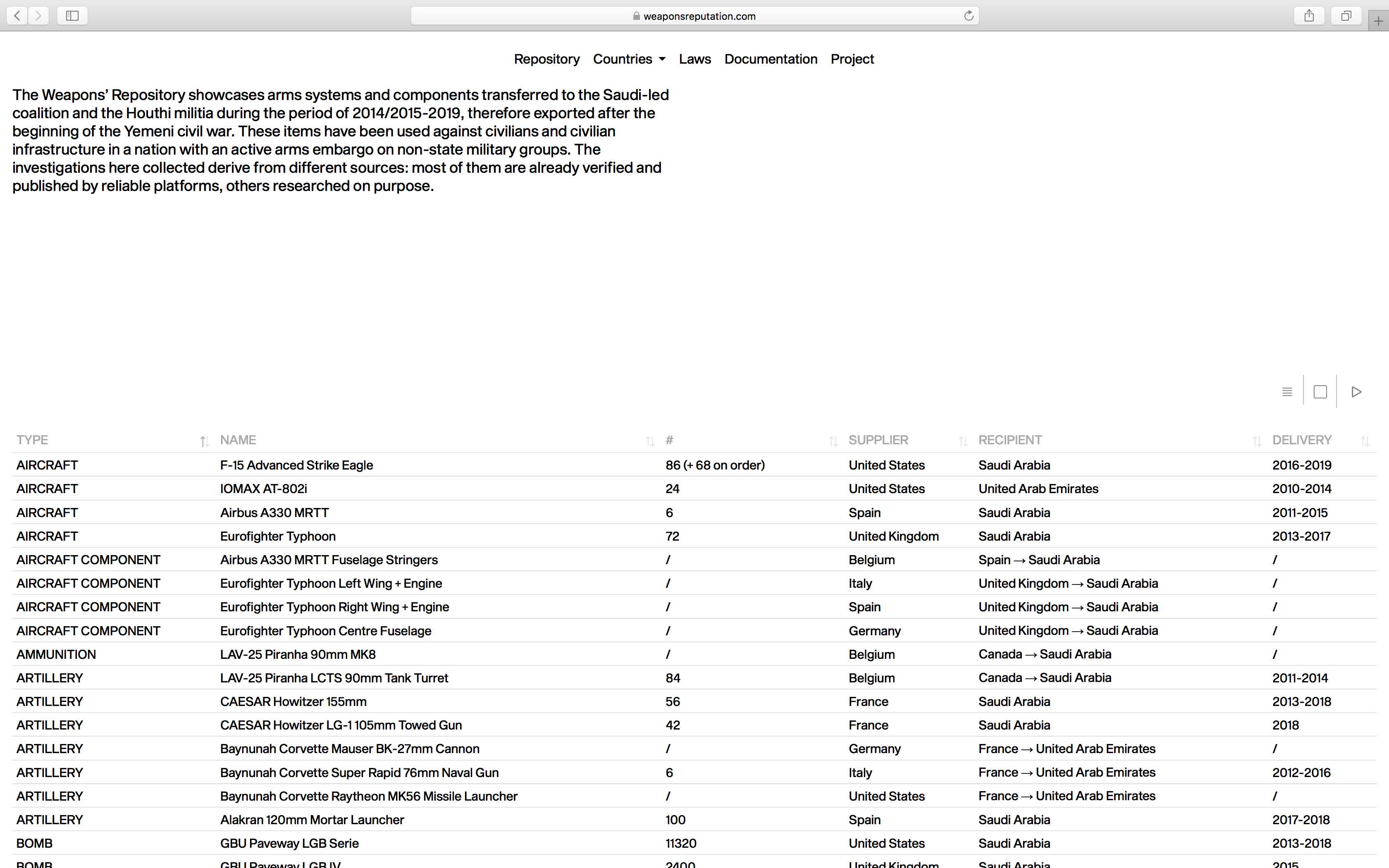
The Weapons' Repository website

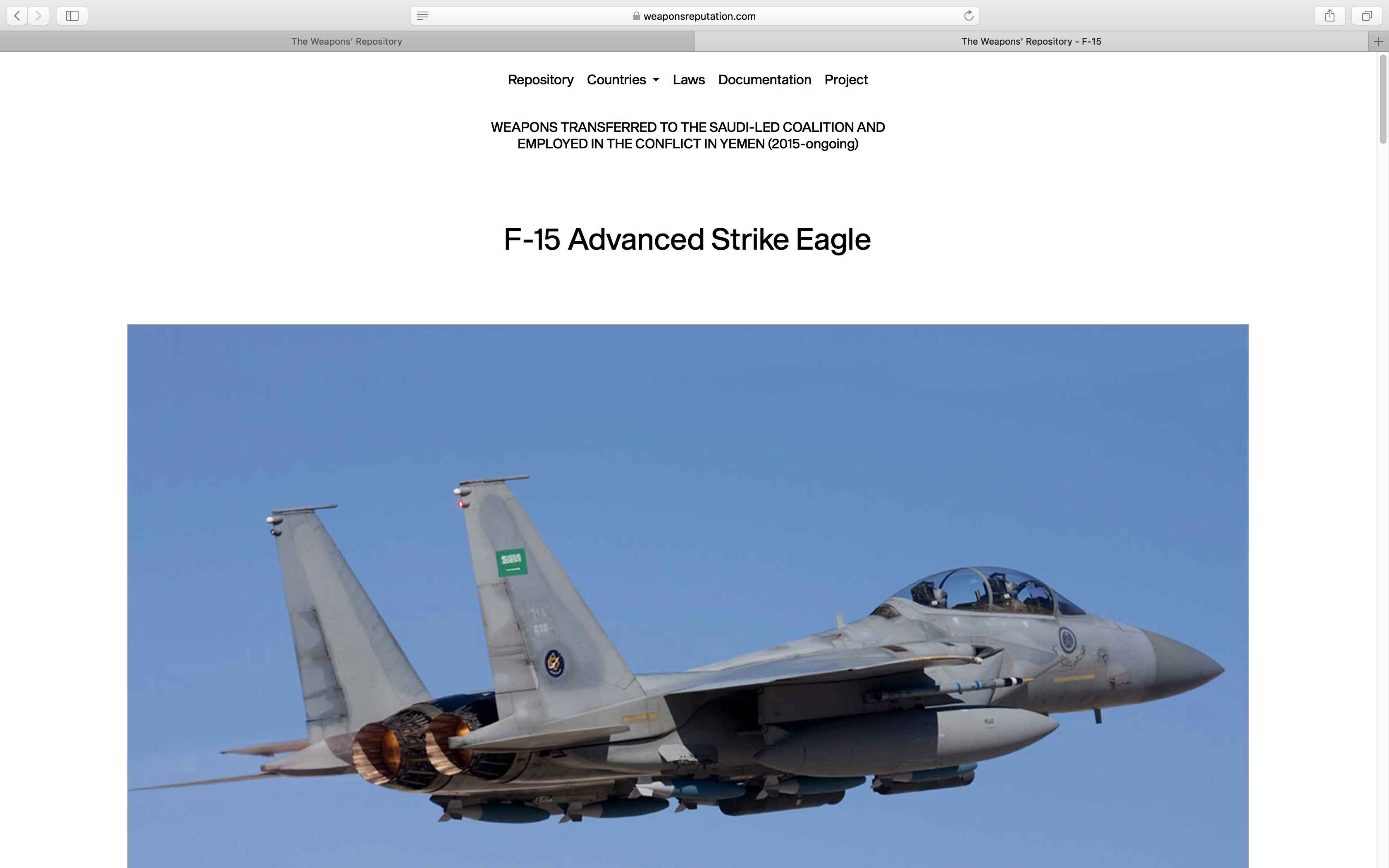
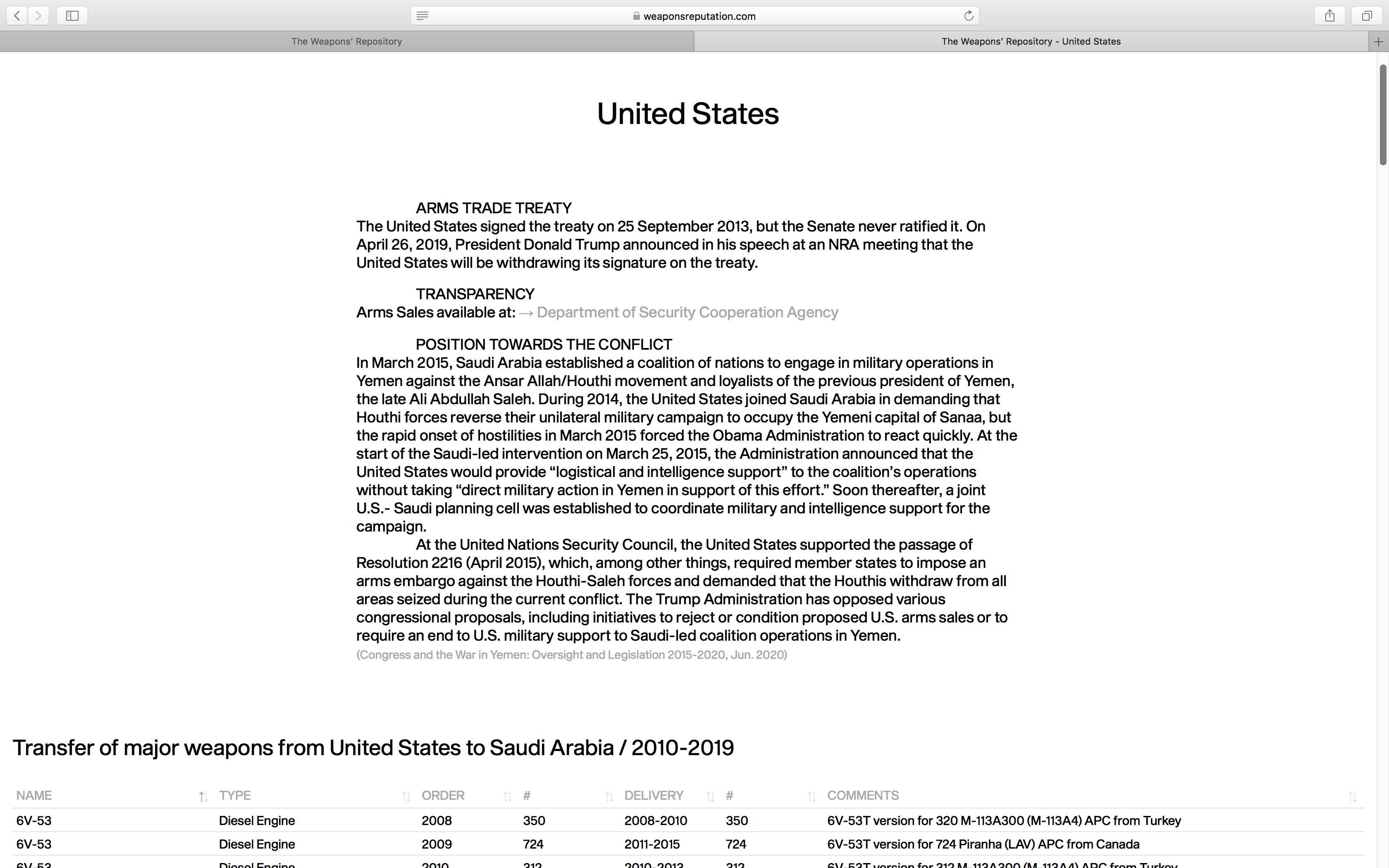
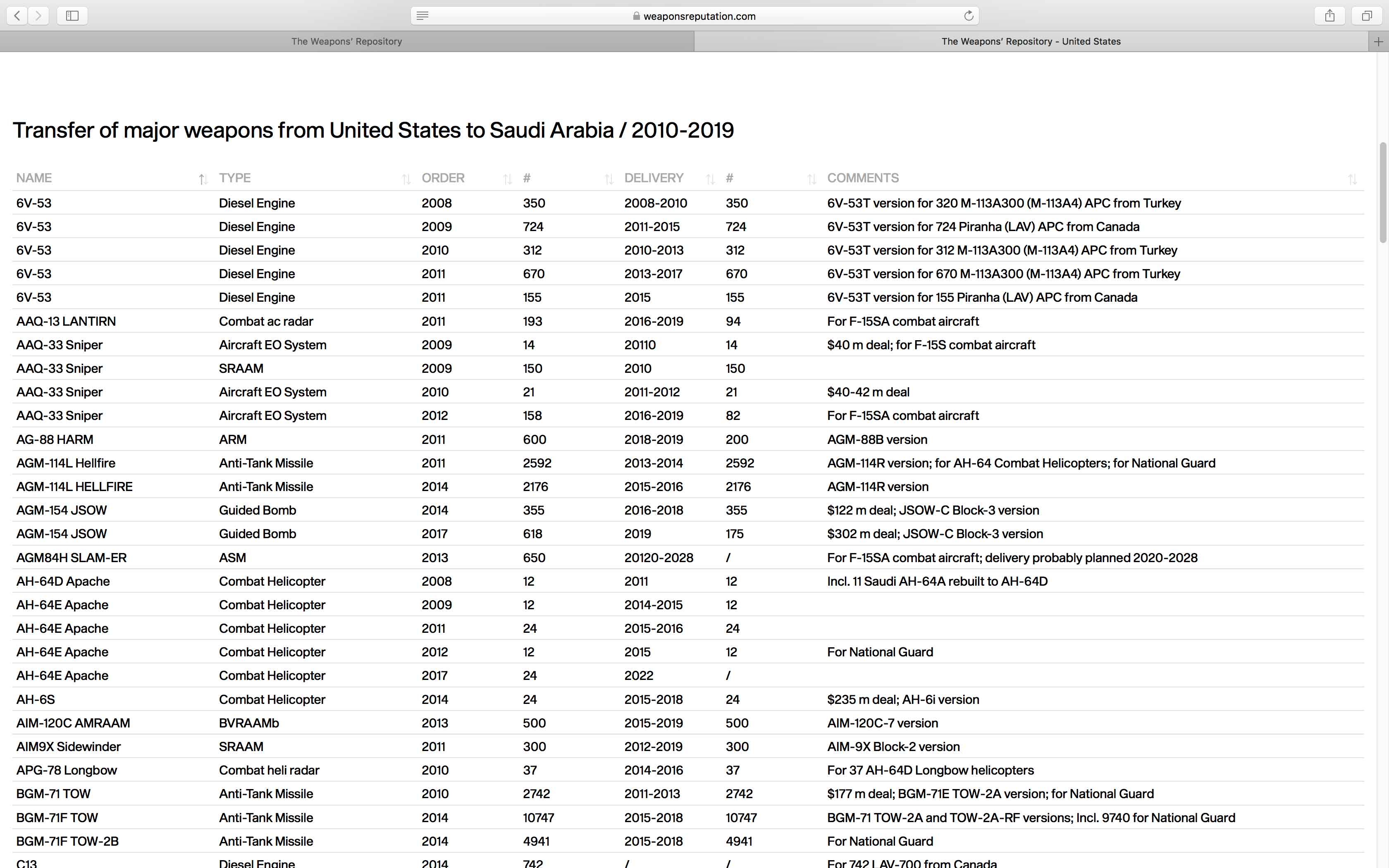
Special thanks for the introduction to the topic to Bellingcat (Benjamin Strick), the EU Arms Project (Ludo Hekman, Klaas van Dijken), ваят, Leone Hadavi.
Graduation project
Master in Information Design, Design Academy Eindhoven
Exhibition and Publication
October 17th, 2020
Notable mentions
• Bronze, European Design Award 2021 ↗
• Global Lift Network, First-Time Filmmakers Showcase, 2021 (online) ↗
• Special mention as best Short Documentary / Glocal Film Festival, Torino, 2021 (online) ↗
• Nomination for the Gijs Bakker Award 2020 ↗
• Digital Dutch Design Week 2020 ↗
• (Online) GS20 Design Academy Graduation Show ↗
Featured on
• Call for Creatives, 2020 ↗
• Ossomagazine, December 2020 ↗
• Digital Design Award Nomination, January 2021 ↗